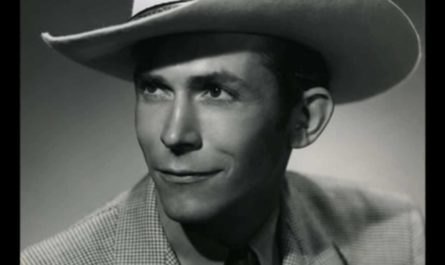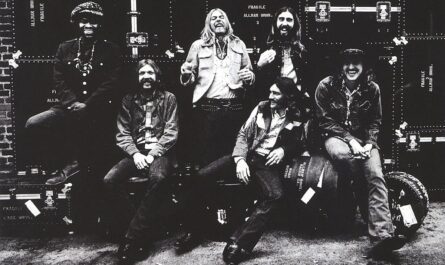SID VICIOUS: May 10, 1957 – February 2, 1979
As I write this, I’m in between packing for a trip to England for work. When I booked my hotel, I had the choice of a few hotels. I chose the least expensive hotel, not because it was a prudent fiscal decision but because it was in Shepherd’s Bush, which was the home turf of The Sex Pistols’ Steve Jones and Paul Cook. Since this is my first trip to England, I wanted to stay somewhere where I might experience a taste of the origins of some of my rock & roll heroes. The timing is ironic, as it is also the anniversary of the death of Sex Pistols bassist Sid Vicious of a heroin overdose at age 21. It’s odd that Sid Vicious is still fascinating to me. At 21, as a college flunk-out struggling to make it as an artist and struggling to hold on to the most menial of jobs, it made sense. I listened to The Sex Pistols regularly, and even had a poster of the Sid Vicious-era Sex Pistols on my wall. But I’m a 45 year old man, preparing for a trip to London to speak at a European learning conference. Sid Vicious should have been something I outgrew the way people outgrow teenage rebellion and outrageous haircuts. But I never did stop being fascinated by Sid. I never stopped smiling or perking up when his picture would pop up in my Facebook feed. I will always watch the footage of Sid singing “My Way” from The Great Rock & Roll Swindle. It makes no sense, but something about Sid Vicious still connects with me to this day.
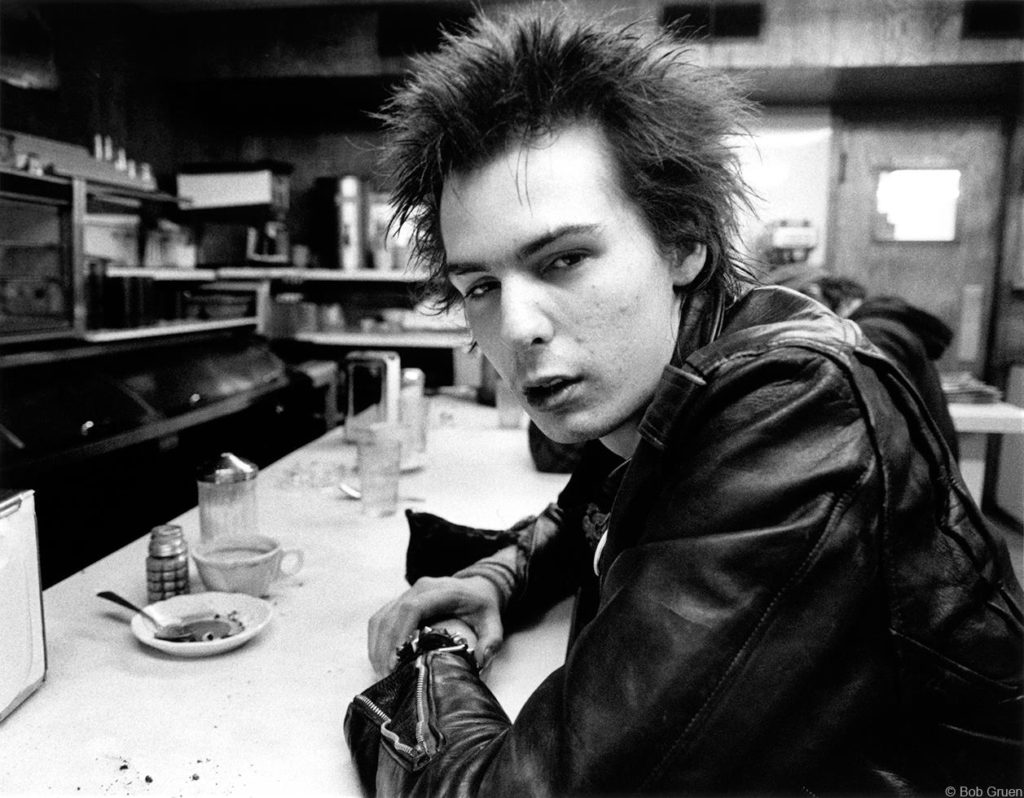
By every account, Sid Vicious was a trainwreck. Born John Simon Ritchie in working-class London, he hadn’t been a good student in school, and immediately went on the dole after leaving school. He was known to be a fashion- and culture-chaser, changing styles and attitudes to match whatever cultural movement he was following at the time. When he discovered the punk movement, he liked its aggression and quickly made a name for himself as one of the movement’s most noticeable members. Many claim that John created “pogo-ing”, the hyperactive hopping-and-bumping-into-others dancing that became common at live shows. Despite being small and frail, he also didn’t mind fighting, and began incorporating chains into his outfits that he could pull out and use during a fight. And this was his life – drinking, dancing, fighting, repeat – until childhood friend John Lydon joined a band called The Sex Pistols. Richie became their biggest fan, attending all of their shows, helping to move gear, even acting as security at times (when he wasn’t the one being escorted out of the show). When Lydon and the band fired their bass player Glenn Matlock, the band’s manager decided to hire Richie, not because he could play bass, but because he looked the part. They renamed him Sid Vicious, and a legend was born.

To say that Sid Vicious lacked talent as a bass player is an understatement. Sid not only lacked talent, he lacked any musical knowledge. Worse yet, he liked to drink and use drugs, so he often lacked the basic motor skills to even pretend to be a musician. The band wouldn’t plug in his bass during live shows, opting instead to let him pretend to play guitar, strike defiant poses, spit on the crowd, pick fights, try to impress girls, whatever. For manager Malcolm McLaren, Sid Vicious was a perfect embodiment of the punk ethos of rejecting all common authority; Sid had no talent, and yet he was a member of the most important punk band in the world. If John Lydon was the brains of the punk movement, Sid was its soul. He was also 19.
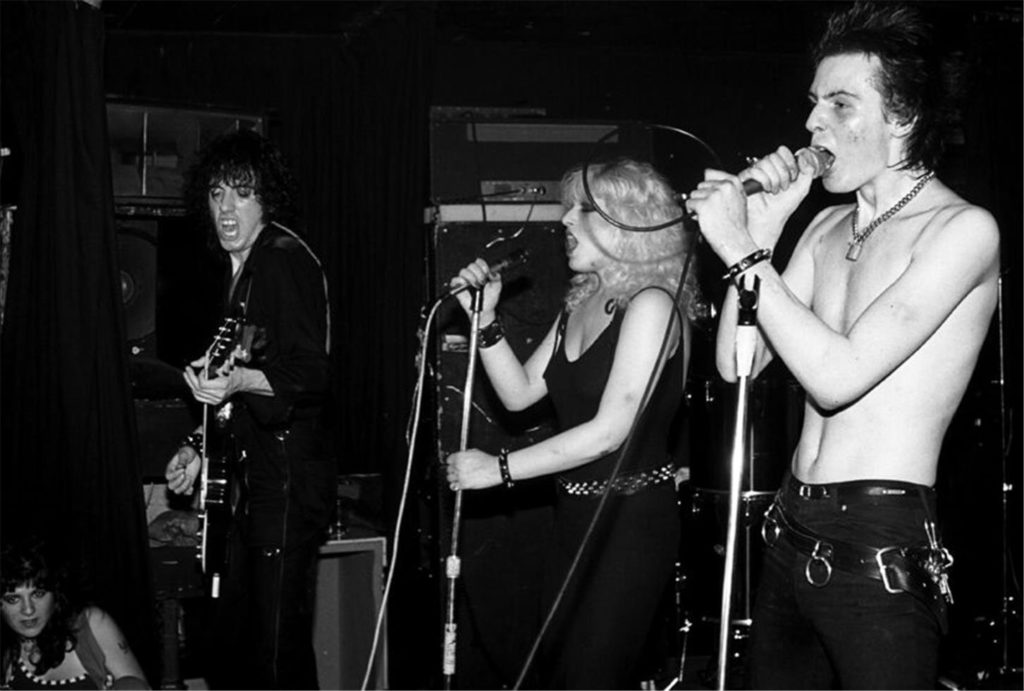
Sudden fame is horribly destructive to most people. But to a teen with little direction in life and parents who gave him everything he wanted to pacify him into leaving them alone, it was like being set adrift. But the worst part was what Sid represented. Punk was a reaction to the economic disparity and bleak job opportunities of mid-70s England. It was a time of civil strikes and massive unemployment, as London spared no expense for the Queen’s Silver Jubilee. Punk was more than a spit in the face of society and decorum, it was a rejection of that society altogether. It was a movement to destroy society through rejection. If enough young people reject the system, the system would eventually starve and wither from a lack of participants. Sid Vicious was the embodiment of that rejection and that destruction. And he lived it with the thoroughness of someone without the wisdom or experience to understand nuance. Sid symbolized the destruction of the British system in every way. He destroyed the music when he played. He destroyed critics and fans with violent outbursts. He cut himself deeply on stage. He became romantically involved with an equally-self-destructive woman named Nancy Spungen. He abused heroin. He took to intentionally injuring himself regularly. Eventually, he played part in the destruction of The Sex Pistols, themselves. Now a solo artist, he turned his career over to Nancy, who had very few friends or admirers in the music industry and had never managed an act before. His heroin addiction became worse and worse, and eventually, he destroyed Nancy by stabbing her in the stomach during a stoned argument and killing her. He was held a short time before trial, and as soon as he was released on bail pending his trial, he overdosed and died. Sid Vicious was 21 years old when he died. John Richie was a kid looking to fit in. But if punk rock were a person, it would have been Sid Vicious.
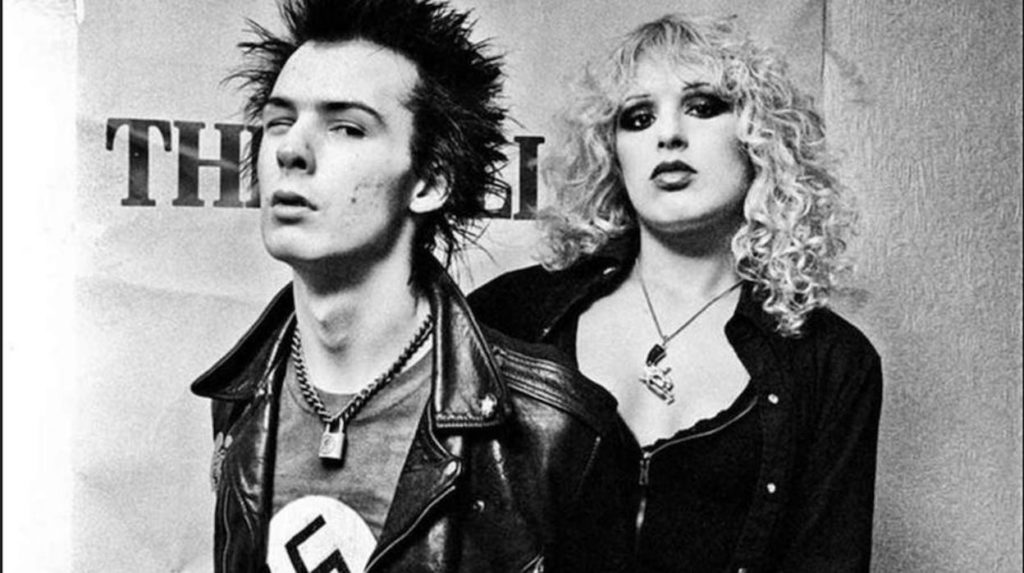
So, why then, does a self-destructive 21-year old still have an emotional hold on a 45-year old husband and father? Indeed, I had periods in my life of total self-destruction. Bouts of self-loathing so severe and profound that the only relief was severely punishing myself to the point that friends and acquaintances were certain that I wasn’t long for this world. At that time, Sid Vicious was not just someone whose impulses I could understand – I actively admired him. But that was a long time ago. Even after I lost the urge to totally destroy myself, the self-loathing stuck around for decades. And while the grown-up, logical side of me recognized that Sid Vicious’ self-immolation was an immature and unwise decision… even as I recognized the futility and pointlessness of self-destruction, there was something about Sid that I always thought of fondly. And when I was finally able to put some of my long-standing demons to rest, I realized that somewhere deep inside of me, I still like Sid Vicious.
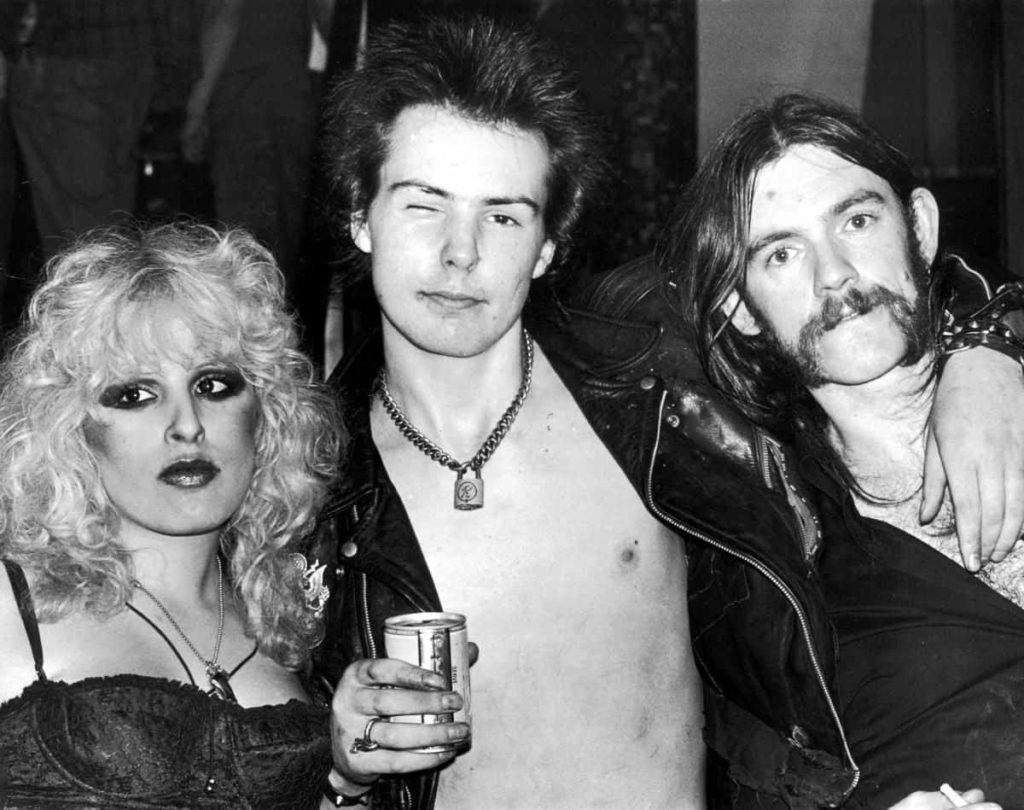
And I think it boils down to one thing for me: rejection. What I like about Sid Vicious is the desire to know that – at some point – you can reject anything you want. You can reject anything you dislike or anything that doesn’t suit you. I like the idea of gathering enough strength to reject anything and everything that oppresses you. Mind you, I understand that liking Sid Vicious for his exemplary rejection skills is not unlike admiring a tsunami for its ability to moisten a coastal town. I fully understand that Sid’s rejection of society eventually led to a rejection of everything – including love, including himself, and including the future. And a big part of me feels a paternal sympathy for Sid Vicious, one that views him as the lost child that he truly was. But still, a part of me appreciates the message. The message that says, “Nothing – NOTHING – in your life is a requirement. You have the ability to turn your back on anything that doesn’t serve you at any minute. And better than that, you don’t have to run from it or hide from it. You can fight it, slap it, spit on it, soil it, mark it, damage it, or otherwise inflict pain upon it before you leave.” Because far too often in life, I’ve held on to unhealthy and unproductive things for much too long. I’ve been guided by beliefs which served to do nothing but make me miserable. Pop psychologists would say aphorisms like, “If you were holding on to a burning coal in your hand and it was burning you, would you keep holding on? Of course not! Then why do you hold on to damaging beliefs?” But this was silly. I have held on to damaging beliefs with the concern and patience of an impassioned lover. I have tended to damaging beliefs. I’ve figured out ways to twist my mind so I could continue holding onto a burning ember long after it had burned through my hand. Fear of pain and misery was never my problem; learning how to reject things was. And in that vein, someone like Sid Vicious was an inspiration. Because when you’re self-loathing, the act of rejection looks like freedom. Even if it is so wildly erratic that it turns back inward – as it did with Sid Vicious – it still looks like freedom.
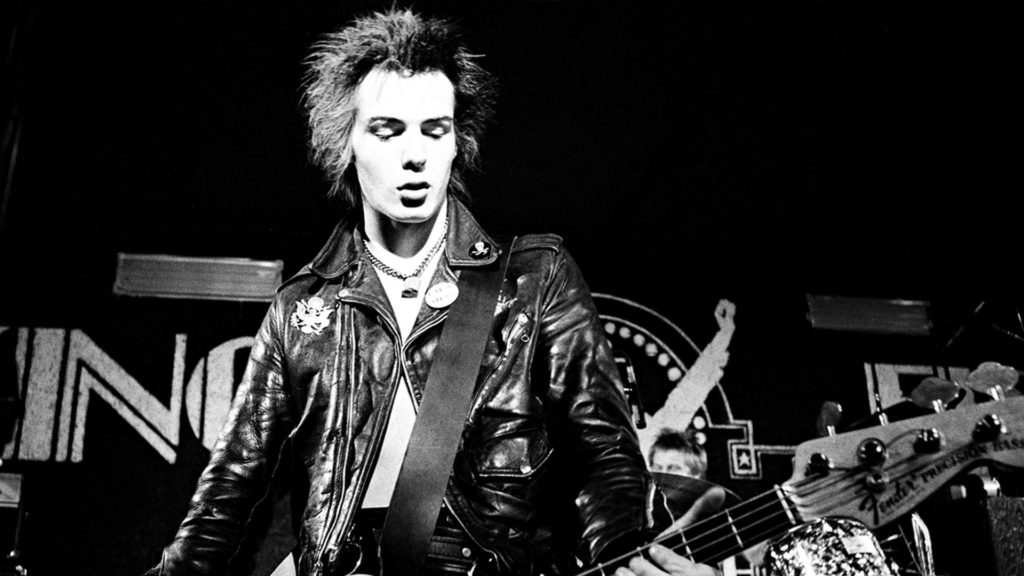
The Sid Vicious story that stands out most in my memory is a tale from The Sex Pistols short-lived, band-destroying tour of the US. Somewhere in either Texas or Oklahoma, the Sex Pistols tour bus had stopped at a truck stop for breakfast. Sid had been battling drug sickness and a handful of STDs the entire tour. He had been cutting himself with glass and wire at shows; the release of pain-staving endorphins granting momentary relief from the withdrawals. Now, at the truck stop, Sid was sitting and eating the first meal he could keep down in days – steak and eggs. Except the restaurant full of Southerners would not stop staring and commenting at the bedraggled, pallid Englishman with the padlock chain necklace and filthy leather clothing. Finally, despite being seated in between two giant roadies, an even larger trucker approached the table. He told Sid that the local news had been warning about the Sex Pistols destructive shows, but that the trucker didn’t think Sid looked very intimidating. It was a threat, and Sid had had enough. Enough stares. Enough judgment. Enough challenge. Enough sickness. Enough being pushed around and put down. Sid stopped cutting his steak, and took the sharp steak knife already in his hand and cut deeply across the back of his other hand. Blood poured from the deep wound onto Sid’s steak and eggs. Sid didn’t even look up, he just continued to cut his food as the blood began to cover his food, which he continued to fork into his mouth – blood and all. The trucker backed away, horrified. Families rushed to pay their bills. People stopped staring. And while I no longer relate to his methods, I admire his impulse. I admire the impulse in Sid vicious to reject the things that made him unhappy, and to reject it even at a personal cost to himself. Because I never had that impulse, despite really needing it, for a long time. Now that I’m older and healthier, I only feel sympathies for the uncontrollable wrath of Sid Vicious’s methods. But somewhere deep down, I think I will always admire his impulses. And I think in moments when I need to reject something to make a change for the better, I may try to channel some of my inner Sid Vicious.



